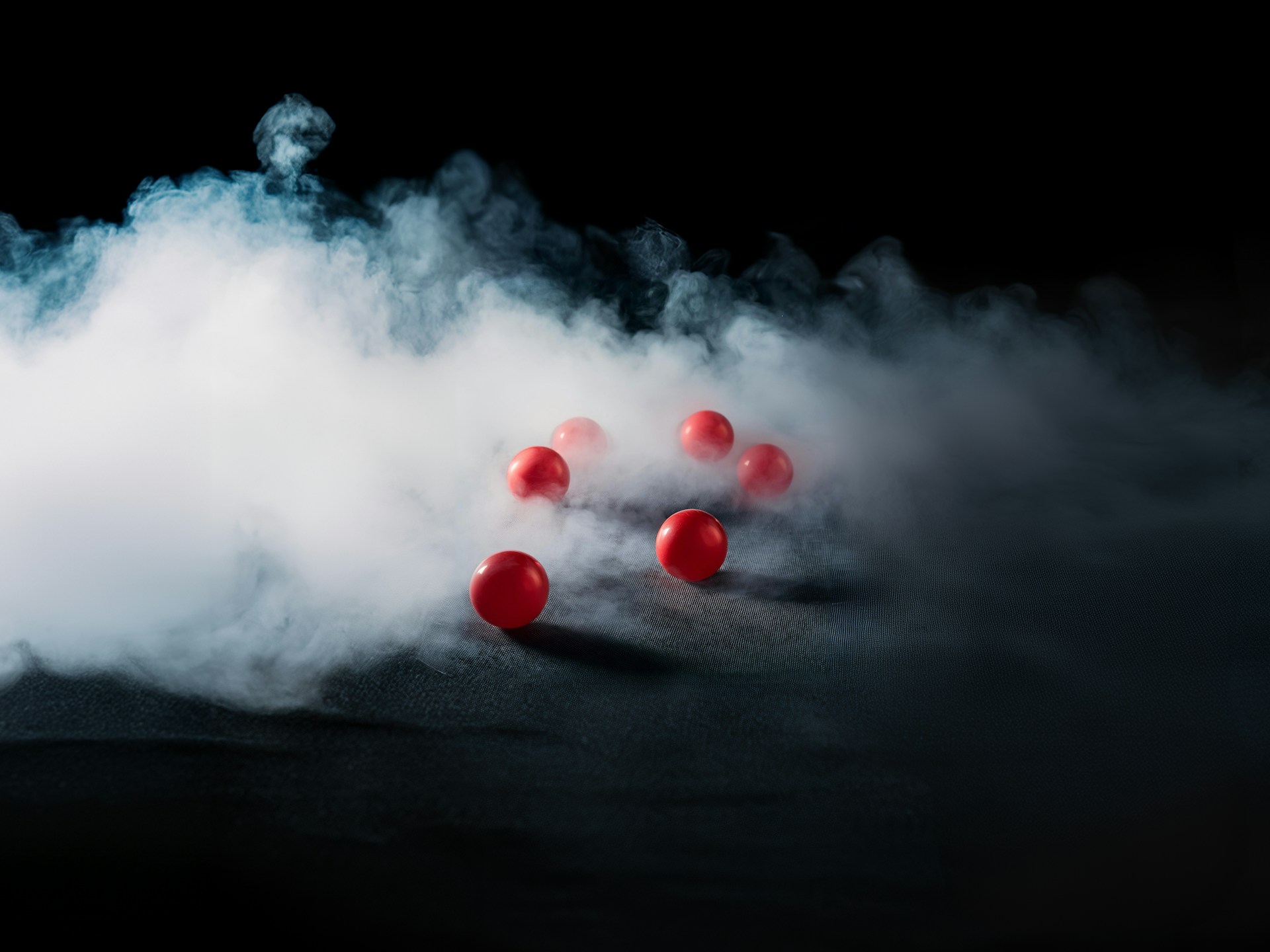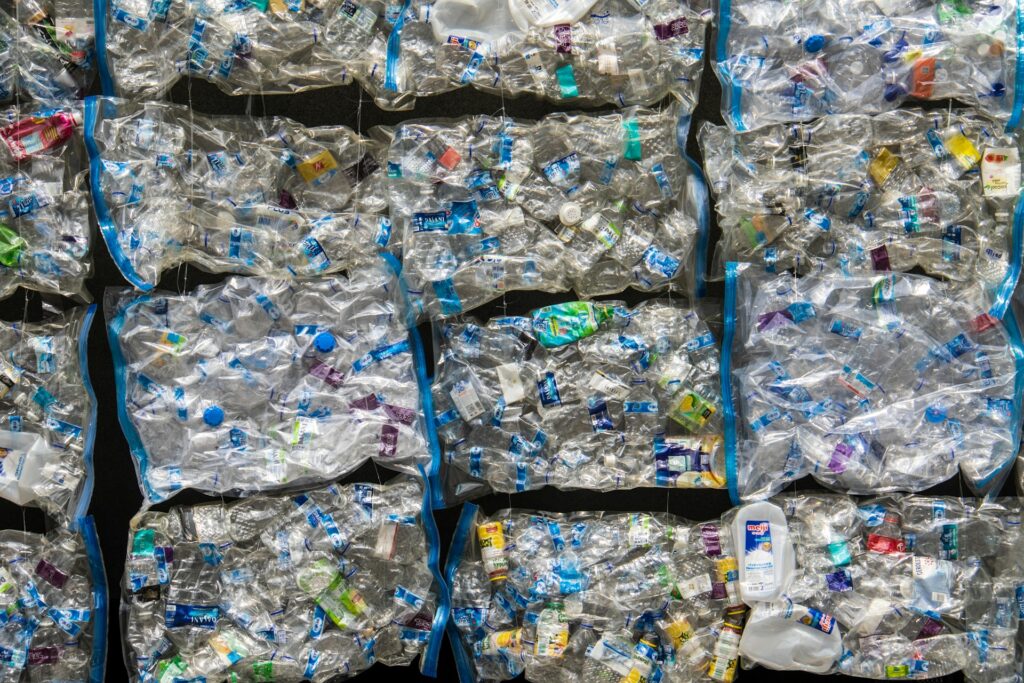In a recent breakthrough from The Ohio State University, lead researcher Dr. Zhihao Cui and his team have introduced a novel framework that could change how chemists and engineers understand the way carbon monoxide adheres; or “sticks”; to catalytic surfaces during electrochemical reactions. This study details how this stickiness, technically known as carbon monoxide adsorption free energy, can be measured in real time under active reaction conditions.
Cui, Z., Aztergo, K. D., Hwang, J., & Co, A. C. (2025). Determining CO adsorption free energies on CO2 electroreduction active sites through kinetic analysis. Nature Catalysis, 8(10), 1117–1127. https://doi.org/10.1038/s41929-025-01427-1
This development provides a much-needed bridge between theoretical modeling and practical experimentation in the field of electrochemical carbon dioxide conversion. For years, scientists have relied on computational predictions to estimate how molecules behave on catalyst surfaces. However, these models often fail to capture the dynamic nature of real electrocatalytic environments, where applied voltage, surface geometry, and local concentrations constantly fluctuate. Dr. Cui’s research offers a way to quantify this interaction experimentally, enabling more accurate design and optimization of catalysts used to turn carbon dioxide into valuable fuels such as methanol and ethanol.
Dr. Zhihao Cui from The Ohio State University stated,
“Even a very simple technique such as the one we used in this study can make a really huge difference in this field. So as long as your idea is new, you may be able to measure something that was previously considered impossible to measure.”
The team’s work revolves around an electroanalytical approach that determines the adsorption energy of carbon monoxide on catalyst surfaces while a reaction is taking place. This seemingly simple concept has proven difficult to measure experimentally because the process involves rapidly changing conditions and multiple interacting factors. Carbon monoxide acts as both an intermediate and a determining agent in the overall reaction, and its strength of attachment to the surface can dictate whether a reaction produces simple compounds like carbon monoxide gas or complex hydrocarbons with multiple carbon atoms.
Until now, researchers lacked a reliable method to observe these interactions directly. Most insights came from theoretical simulations, which often simplified the system. By combining kinetic measurements with electrochemical analysis, Dr. Cui and his colleagues demonstrated that the adsorption strength is not governed by a single variable but rather by a combination of the catalyst material, the applied potential, and the structure of the surface itself.
This method was tested using two of the most widely studied catalyst materials in carbon dioxide conversion—gold and copper. The results revealed a surprising outcome. Despite binding carbon monoxide with comparable strength, only copper could drive the formation of more complex multi-carbon products. Gold, though efficient at binding, yielded only simpler outputs. This finding highlights that the relationship between adsorption energy and catalytic performance is more nuanced than previously believed.
Dr. Cui describes this approach as a “vital bridge” between theory and experiment. It connects the predictive power of computational chemistry with the observable, measurable behavior of materials under real-world conditions. By understanding how carbon monoxide adsorption behaves dynamically, researchers can now develop more reliable models to predict catalyst performance. This advancement also allows for experimental validation of theoretical assumptions that have long been accepted but rarely tested under operating conditions.
The implications extend beyond academic chemistry. Engineers working to design scalable systems for carbon dioxide reduction can use this framework to evaluate catalyst candidates more accurately. Traditional screening often relies on computational descriptors like adsorption energies derived from simulations. While useful, those descriptors fail to account for how catalysts actually perform when immersed in an electrolyte under varying voltages. By using this kinetic approach, engineers can assess performance with greater confidence and minimize costly trial-and-error testing at the pilot scale.
Carbon dioxide is one of the most chemically stable molecules, making it difficult and energy-intensive to break apart and repurpose. This stability is one of the reasons that carbon capture and utilization technologies have been slow to reach commercial viability. Dr. Anne Co, a co-author of the study and a professor of chemistry and biochemistry at Ohio State, notes that even when using electricity to drive these reactions, the process can require numerous intermediate steps and substantial energy input.
However, by refining our understanding of how intermediate molecules like carbon monoxide behave, scientists can better control the reaction pathway and energy efficiency. This represents a major stride toward the design of catalysts that can convert carbon dioxide into liquid fuels more sustainably. The team’s method requires no specialized or expensive instrumentation, meaning that research groups around the world can adopt and adapt it for other catalytic systems.
The study also touches on the complex microenvironments at catalyst surfaces. Electrochemical reactions do not occur in isolation; local pH, ionic concentration, and even the hydrophobicity of the surrounding materials can influence how molecules adsorb and react. Recent studies in related areas have shown that modifying polymer coatings or tuning gas transport layers can shift reaction selectivity even when the catalytic material remains unchanged. This interplay between physical environment and chemical behavior is increasingly recognized as key to optimizing carbon dioxide reduction systems.
From an engineering standpoint, this discovery has several important consequences. First, it redefines how catalyst screening is conducted. Instead of relying solely on theoretical descriptors, researchers can now directly measure adsorption under realistic operating conditions. This change could dramatically accelerate the discovery of efficient catalysts for large-scale applications such as electrochemical reactors and renewable fuel production.
Second, it emphasizes the need to design not just the catalyst material but the entire reaction environment. Factors such as electrolyte composition, applied voltage range, and gas-liquid interface structure can all affect the binding and conversion process. Understanding these factors in quantitative terms allows engineers to tune systems with greater precision.
Third, it provides a foundation for scaling laboratory insights to industrial reactors. Real-world systems face non-uniform potentials, concentration gradients, and diffusion limitations that differ from controlled experimental setups. With a validated framework for understanding adsorption dynamics, it becomes easier to translate laboratory data into scalable processes that maintain efficiency and selectivity.
While the method has already demonstrated its power, the researchers are clear that it is not the final word. The next steps involve refining the model to account for additional reaction intermediates, including hydrogen and carbon-based radicals, and extending it to more complex catalyst systems such as alloys and oxides. There is also interest in coupling the kinetic approach with advanced spectroscopic techniques, allowing researchers to observe structural changes at the atomic level as reactions proceed.
Future work may also explore how this understanding of stickiness could inform other types of chemical transformations. Beyond fuel production, adsorption dynamics play a role in environmental catalysis, chemical manufacturing, and even battery electrode design.
Dr. Cui believes that the simplicity of the technique is one of its greatest strengths. Because it is based on readily available electrochemical tools, it opens the door for widespread adoption across disciplines. Even modest laboratories can reproduce the experiments and contribute to refining the data. This democratization of measurement could accelerate progress across the entire field of sustainable chemistry.
The research does not claim to have solved the challenge of efficient carbon dioxide conversion. Instead, it offers something more foundational—a reliable experimental method to measure a property long thought too complex to capture directly. By doing so, it sharpens the feedback loop between theory, experimentation, and engineering.
As industries look toward cleaner energy and more sustainable chemical production, advances like this one provide a clear reminder that sometimes, progress comes not from radical new materials but from understanding old problems in a new way. The ability to measure how sticky a molecule is may sound simple, yet it could prove pivotal in shaping the fuels and technologies of the future.

Adrian graduated with a Masters Degree (1st Class Honours) in Chemical Engineering from Chester University along with Harris. His master’s research aimed to develop a standardadised clean water oxygenation transfer procedure to test bubble diffusers that are currently used in the wastewater industry commercial market. He has also undergone placments in both US and China primarely focused within the R&D department and is an associate member of the Institute of Chemical Engineers (IChemE).



